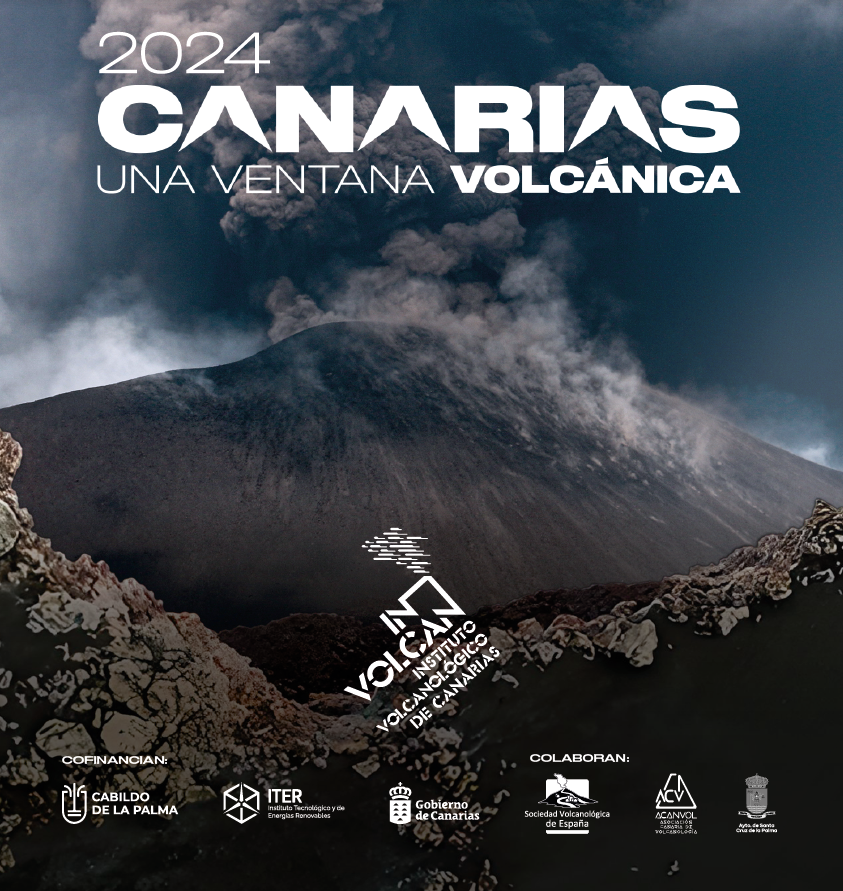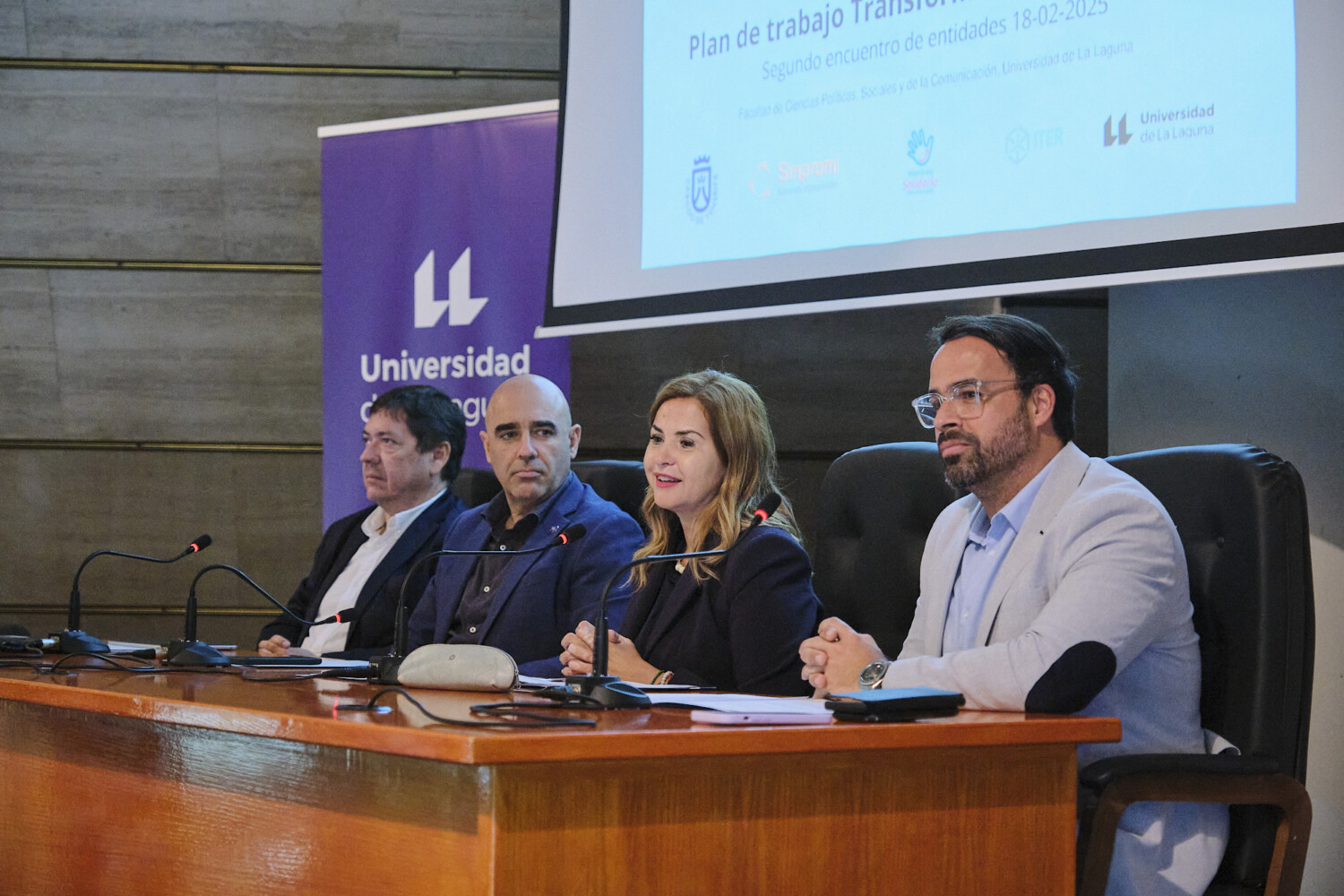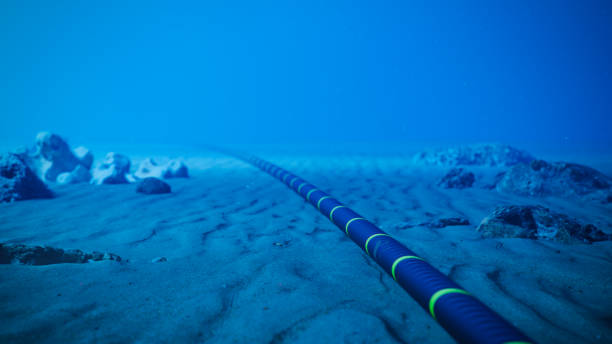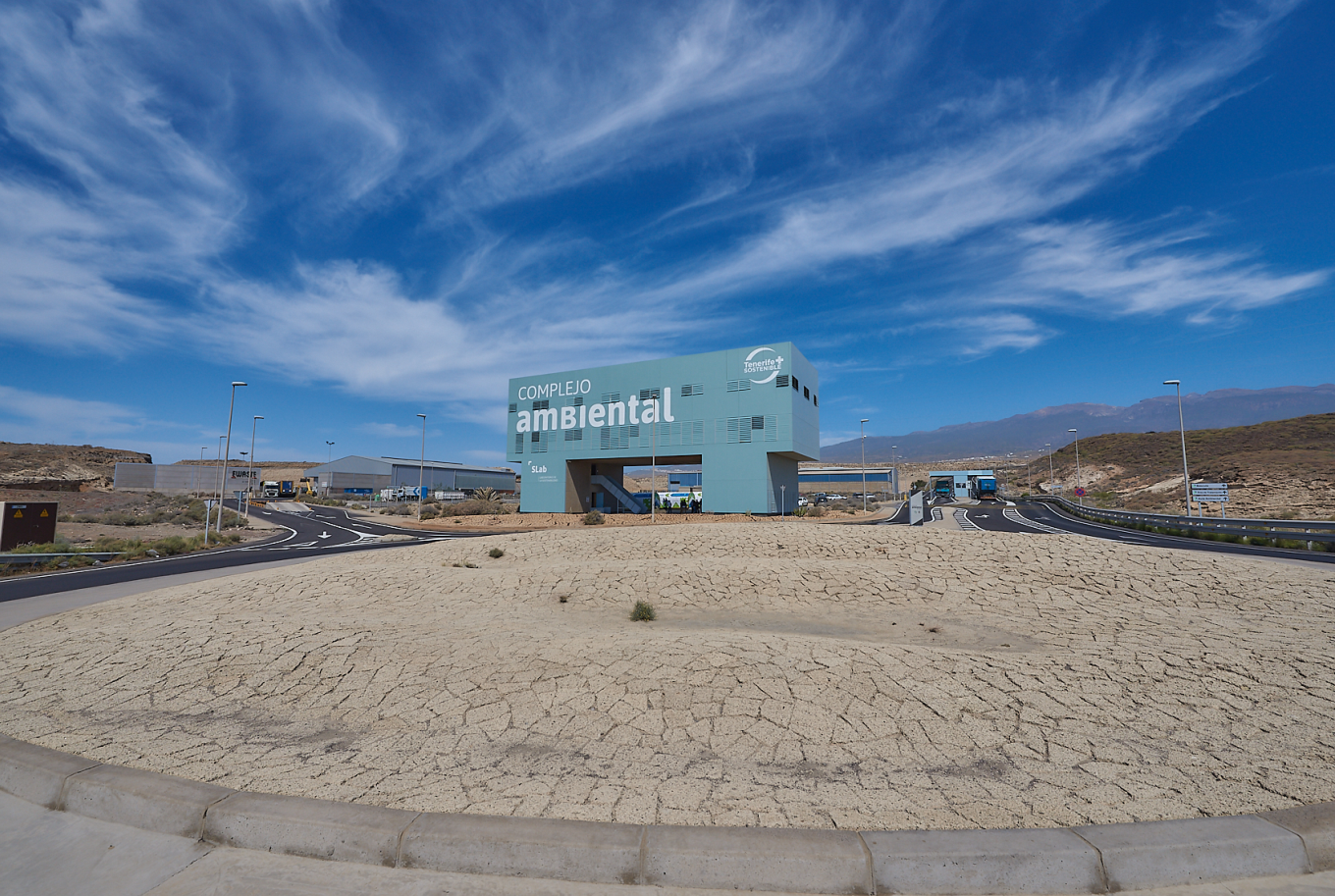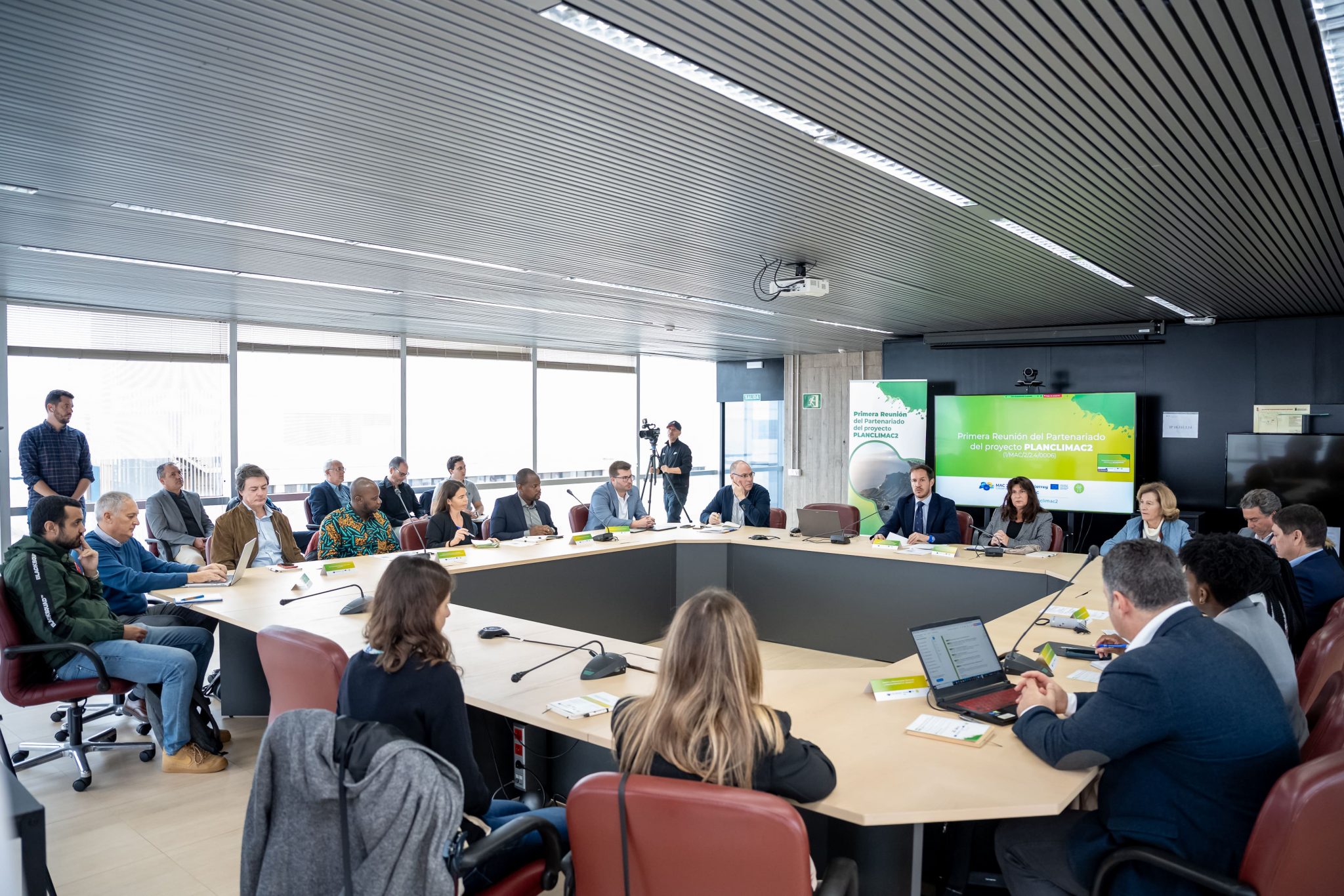The educational program of the Volcanological Institute of the Canary Islands (Involcan), with which ITER collaborates and which contributes to the reduction of volcanic risk in the Archipelago, will be held on January 30 and 31 in the municipalities of Los Silos (Tenerife) and Santa Cruz de La Palma (La Palma).
A bet of the Volcanological Institute of the Canary Islands (INVOLCAN) to contribute to the reduction of volcanic risk in the Canary Islands. The educational program “Canary Islands: a volcanic window on the Atlantic” will be present next week in the Perez Enriquez Hall in the Old Convent of San Sebastian de Los Silos, in Tenerife (Plaza de La Luz) and in the Multipurpose Hall of the Museum of Contemporary Art in the capital of the island of La Palma, S / C de La Palma (C. Virgen de La Luz, 13). In Los Silos will be on Tuesday 30 and Wednesday January 31 from 18.30 hours and in S / C de La Palma will be on Tuesday 30 and Wednesday January 31 from 18:00 hours.
The program organized by the Volcanological Institute of the Canary Islands (Involcan), an entity dependent on the Cabildo of Tenerife, aims to inform and educate the public about the different dangers associated with volcanic phenomena and the actions to be taken to reduce volcanic risk.
The educational program will be developed in two days, being its attendance free and open to the general public, especially recommended to all persons linked to security and emergency operations, both professionals and volunteers, residing in the municipality. The objective of the program is to contribute to make the Canary Islands a better informed and organized community in the face of volcanic risk, capable of responding effectively to volcanic hazards that may occur in a volcanically active archipelago.
The educational program “Canary Islands: a volcanic window in the Atlantic” was created in 2008 in response to the need to inform and educate citizens living in the Canary Islands about the different dangers associated with volcanic phenomena and the actions to be taken to reduce volcanic risk.
Involcan has been carrying out this activity on a regular basis since 2008, but in addition, both the Special Plan for Civil Protection and Attention to Emergencies due to Volcanic Risk in the Autonomous Community of the Canary Islands (PEVOLCA) and the Island Action Plan for Volcanic Risk in Tenerife (PAIV-Tenerife) recommend the periodic (annual) execution of this type of educational programs for the citizens of the Canary Islands.
The development of these educational activities in the islands of Tenerife and La Palma are partially possible thanks to the projects TFVolcano and LPVolcano, co-financed by the Instituto Tecnológico y de Energías Renovables (ITER) and the Councils of Tenerife and La Palma, respectively. As in previous editions, the Volcanological Society of Spain (SVE) and the Canary Association of Volcanology (ACANVOL), as well as the municipalities of Tenerife (31) and La Palma (14), which will host this educational program, will collaborate in this project.
Specific objectives and contents of the program.
The first day is intended to inform and educate attendees about the different hazards associated with volcanic phenomena, the conceptual difference between the terms volcanic hazard and volcanic risk and the different actions recommended by the scientific community and international policy guidelines, through entities such as the International Association of Volcanology and Chemistry of the Earth’s Interior (IAVCEI) and the United Nations Educational, Scientific and Cultural Organization (UNESCO), for the reduction of volcanic risk.
On the second day the attendees will be able to know if in the Canary Islands can be identified scars or traces of all the different hazards associated with the volcanic phenomenon, which area of the Canary Islands has the highest probability of experiencing future volcanic eruptions, the frequency of eruptive activity in the Canary Islands, what is understood by historical volcanism, the damage caused by historical eruptions in the Canary Islands, the probability of possible and future volcanic eruptions in the Canary Islands, whether or not volcanic risk is increasing in the Canary Islands and how the internationally recommended actions for volcanic risk reduction are being implemented in the Canary Islands.


